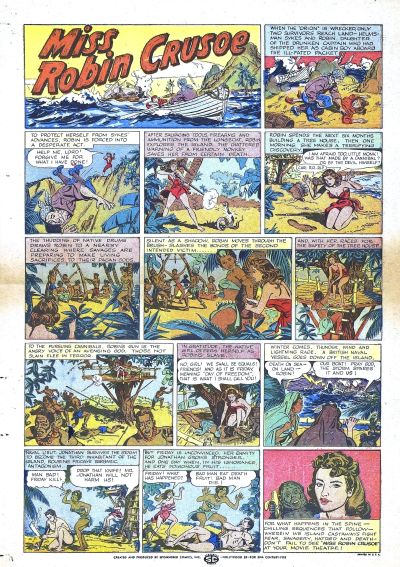★★½
“The kitten and the candle”

This is the edited and English-dubbed version of the first Indian film released, to have been shot in Technicolor. While becoming a rare example of an Indian movie given a Western release, it was severely cut down, going from its original running time of 148 minutes to a mere 96. Much of this was accomplished by trimming the musical numbers, with all that’s left being the titular ballet, put on by the King of Jhansi (Mubarak) – a bit of an odd scene to leave in. Most of the rest is a reasonably accurate biopic of his wife, Queen Lakshmibai, covering her marriage at a very early age to the King, subsequent widowing, and eventually becoming the local leader at the head of the rebellion against the British in the late eighteen fifties.
One particularly interesting aspect is the way Modi (who produced the film, as well as directing and starring in it) brought on board a significant amount of Hollywood talent to work on the project. These were led by cinematographer Ernest Haller, who won an Oscar for his work on Gone With The Wind. Certainly, in this Westernized version, it plays like a thoroughly solid Hollywood biopic, even if rather more authentic in its ethnic casting. Well, at least in one direction; the British roles are also played by Indians. I’m a bit surprised it was a commercial failure in its home territory, especially considering it was released only 5½ years after the country gained its real independence from Britain. You’d think that would have made its topic resonate well with a local audience.
However, with the obvious caveat that I’m going off the abbreviated, dubbed version, I can perhaps see why. It’s an impressive spectacle – with a couple of battle sequences which are particularly impressive. However, it comes over as the fifties equivalent of disaster porn, being empty visuals without any real emotional content. And, say what you like about Bollywood movies, it’s the emotional content which typically powers them. Local viewers were also apparently unimpressed by the lead actress – not coincidentally, the director’s wife – being in her mid-thirties and thus too old to play the heroine.
Personally, I didn’t feel that was too much of a problem. However, I didn’t get any sense of the characters involved. Lakshmibai is very much a figurehead, rather than an active participant, whose activity is largely limited to giving mildly stirring speeches to her soldiers. Admittedly, we have to bear in mind both the era and the source. But if you consider that Anne of the Indies pre-dated this by two years, it’s clear the era was not an absolute impediment. That does a much better job of mixing history and sword-play, while still giving you reason to care about the people wielding the weapons. This is closer to a pretty costume drama than a heroic tale of rebellion, and offers little insight into how Lakshmibai was able to lead an army.
Dir: Sohrab Modi
Star: Mehtab, Mubarak, Sohrab Modi, Sapru
a.k.a. Jhansi Ki Rani





 This Western was released in 1953, and feels decades ahead of its time. It’s set toward the end of the Civil War, in the town of Border City, which sits exactly on the dividing line between North and South. A settlement built on mining, it has remained a neutral zone under strictly enforced rules laid down by Mayor Delilah Courtney, selling lead to both sides for their bullets. As well as Yankee and Confederate soldiers in the area, the picture is complicated by Quantrill’s Raiders, a group of independent (yet generally pro-South) soldiers under Charles Quantrill (Donlevy). [They really existed, and as the film reveals, had some well-known names in their ranks]
This Western was released in 1953, and feels decades ahead of its time. It’s set toward the end of the Civil War, in the town of Border City, which sits exactly on the dividing line between North and South. A settlement built on mining, it has remained a neutral zone under strictly enforced rules laid down by Mayor Delilah Courtney, selling lead to both sides for their bullets. As well as Yankee and Confederate soldiers in the area, the picture is complicated by Quantrill’s Raiders, a group of independent (yet generally pro-South) soldiers under Charles Quantrill (Donlevy). [They really existed, and as the film reveals, had some well-known names in their ranks]